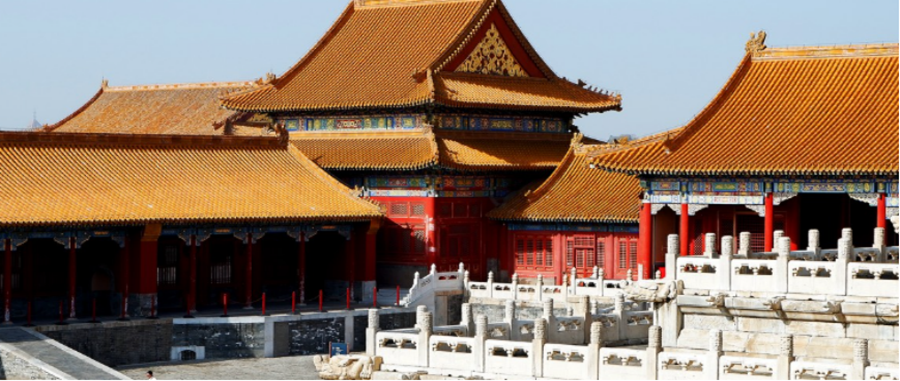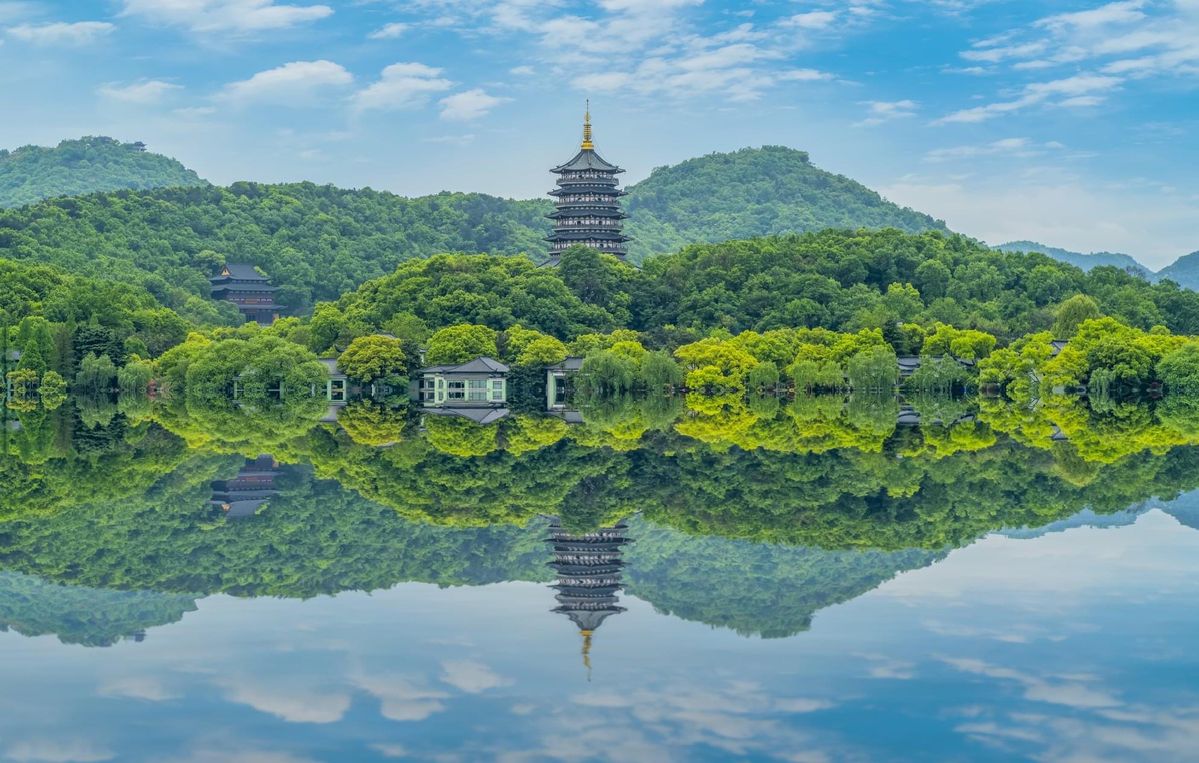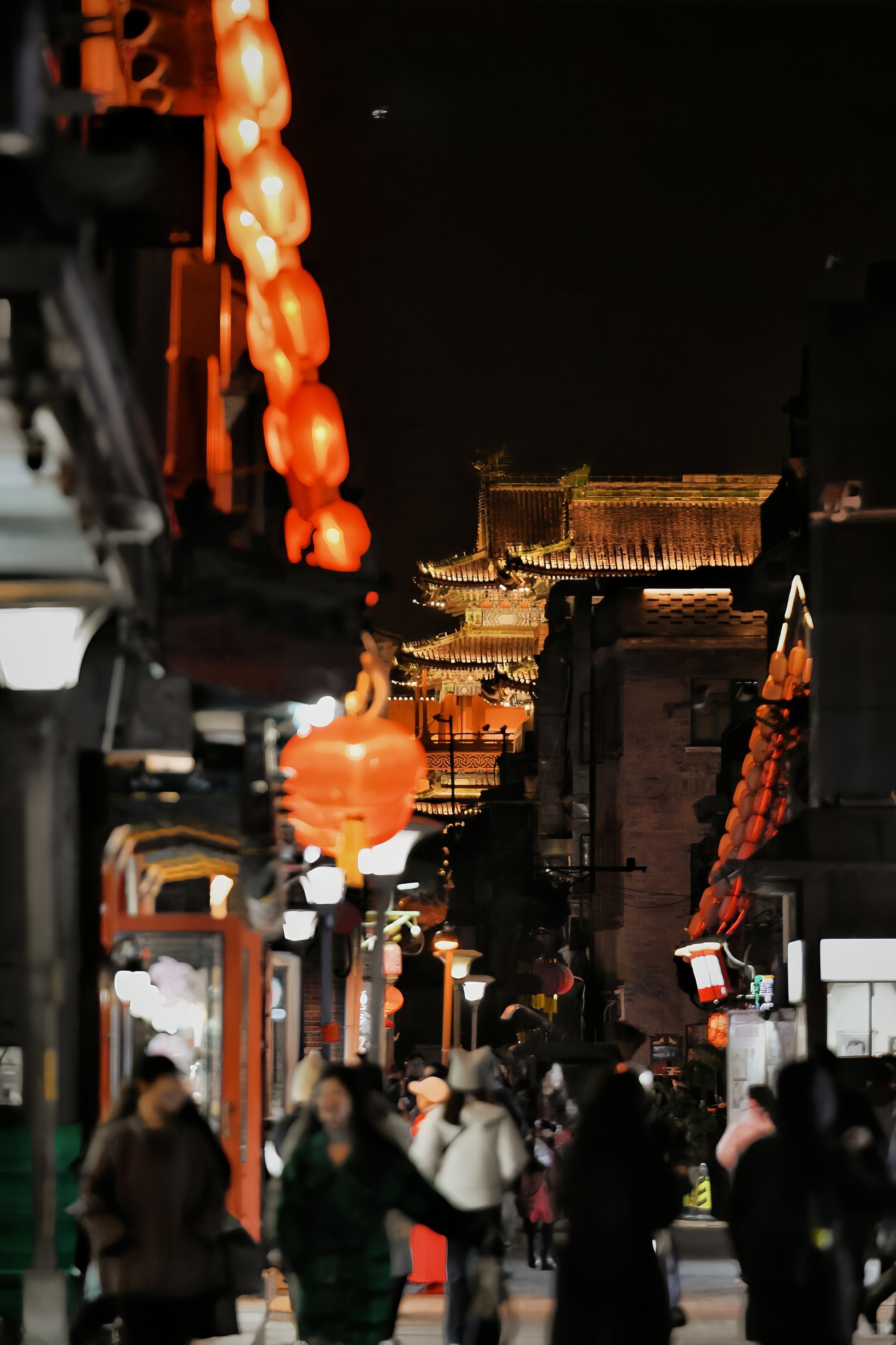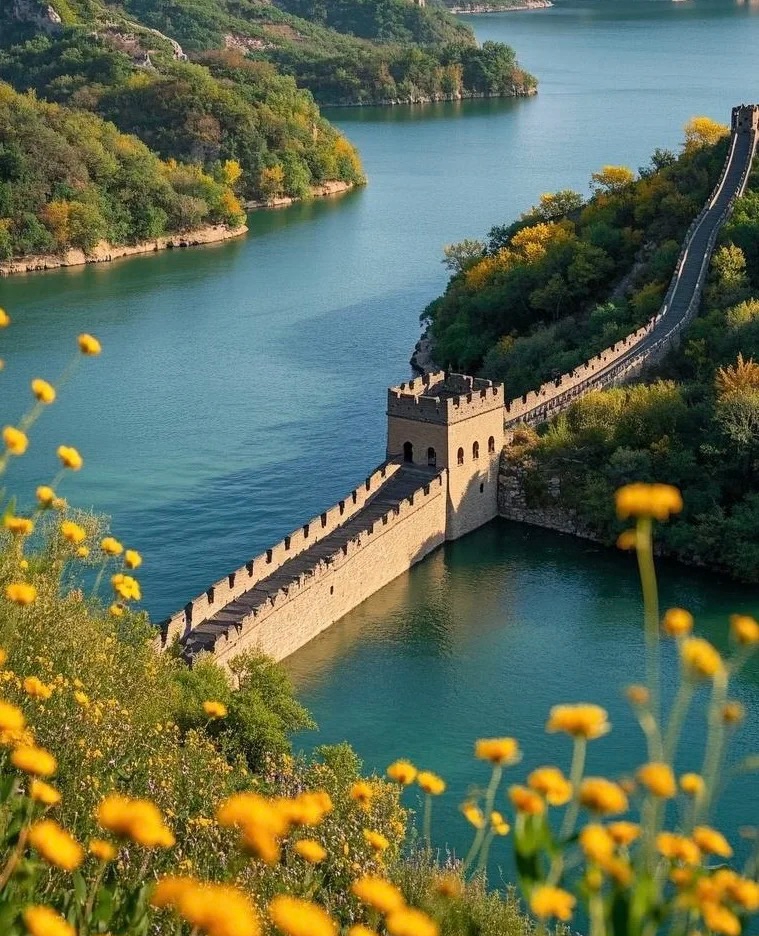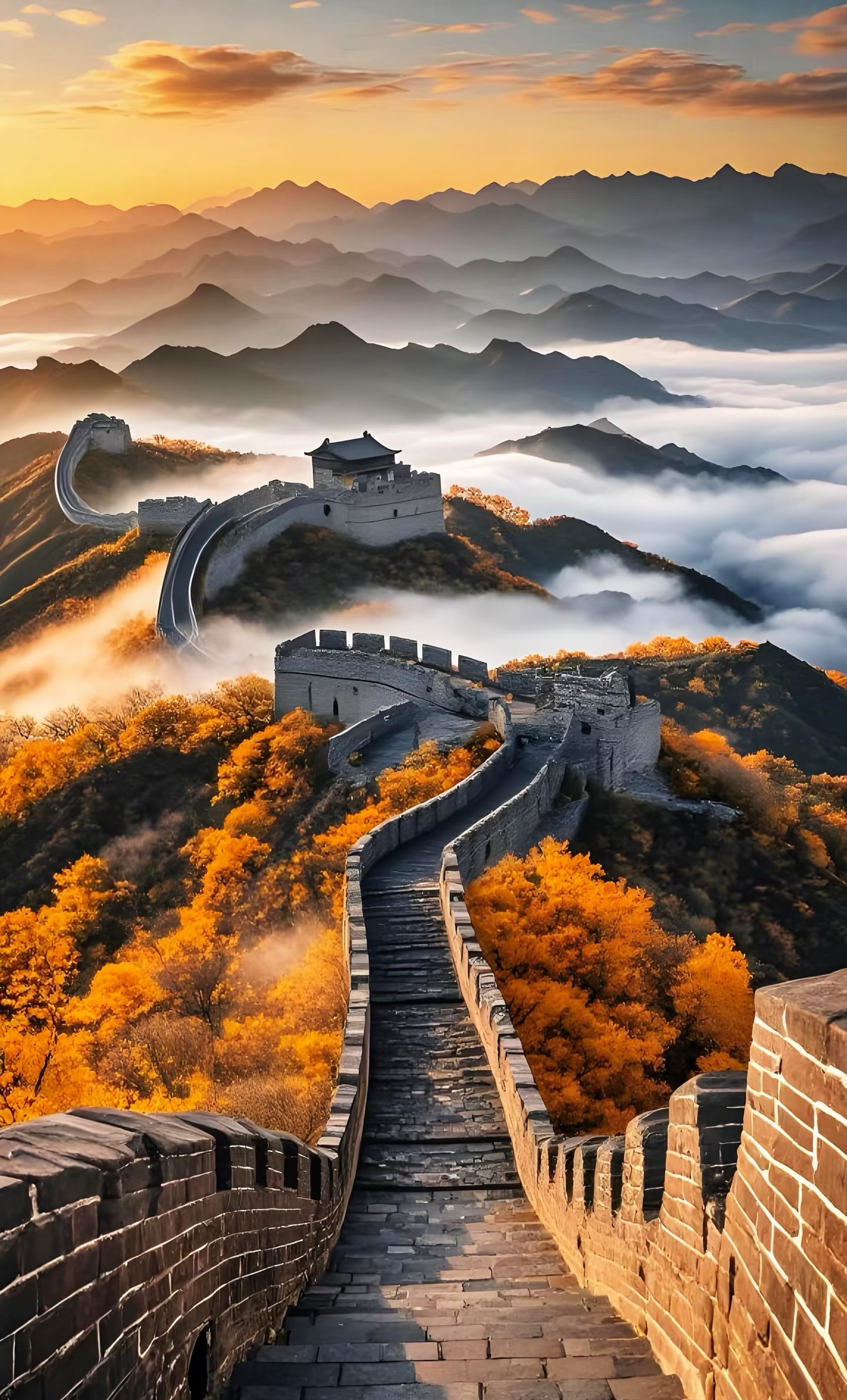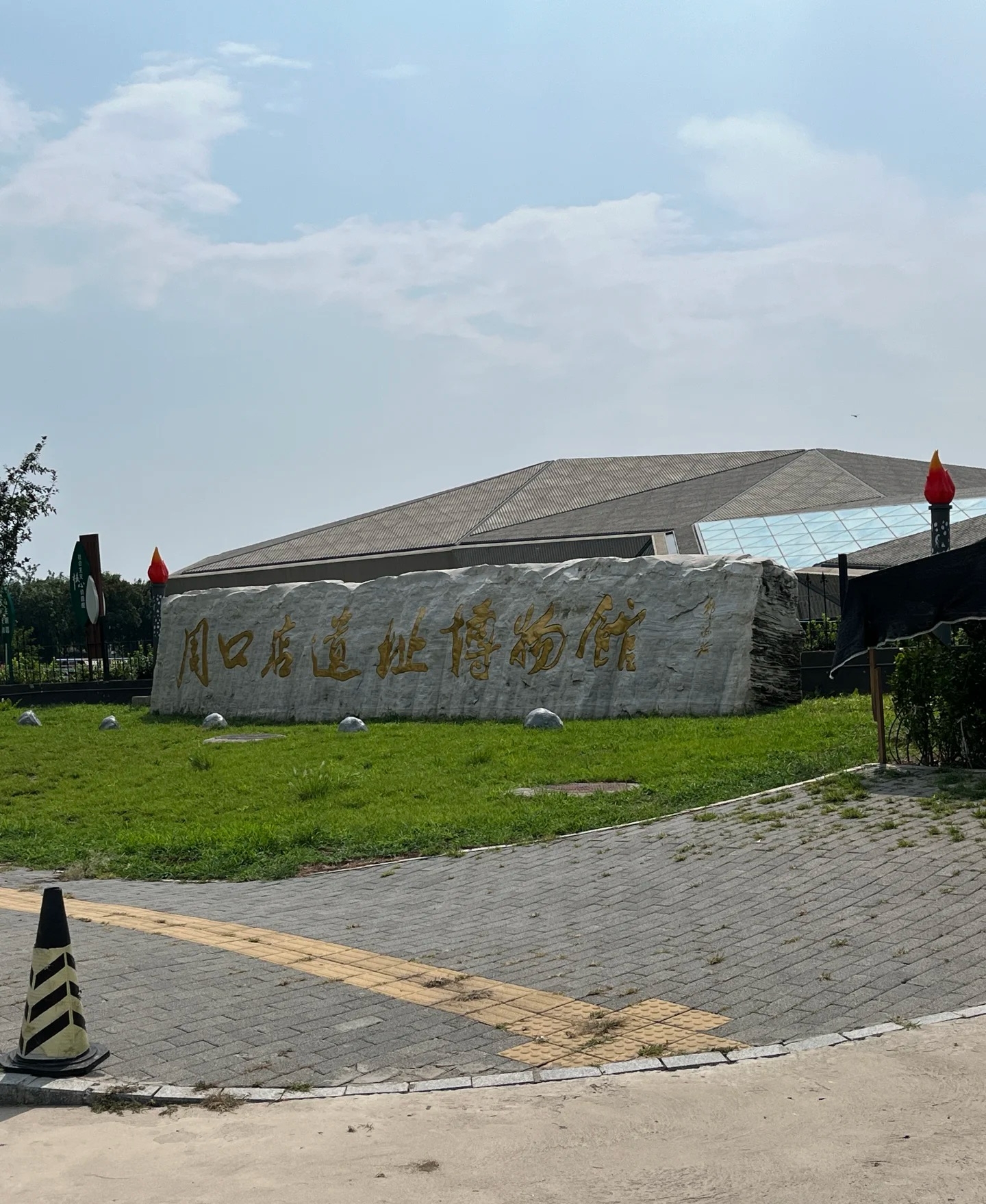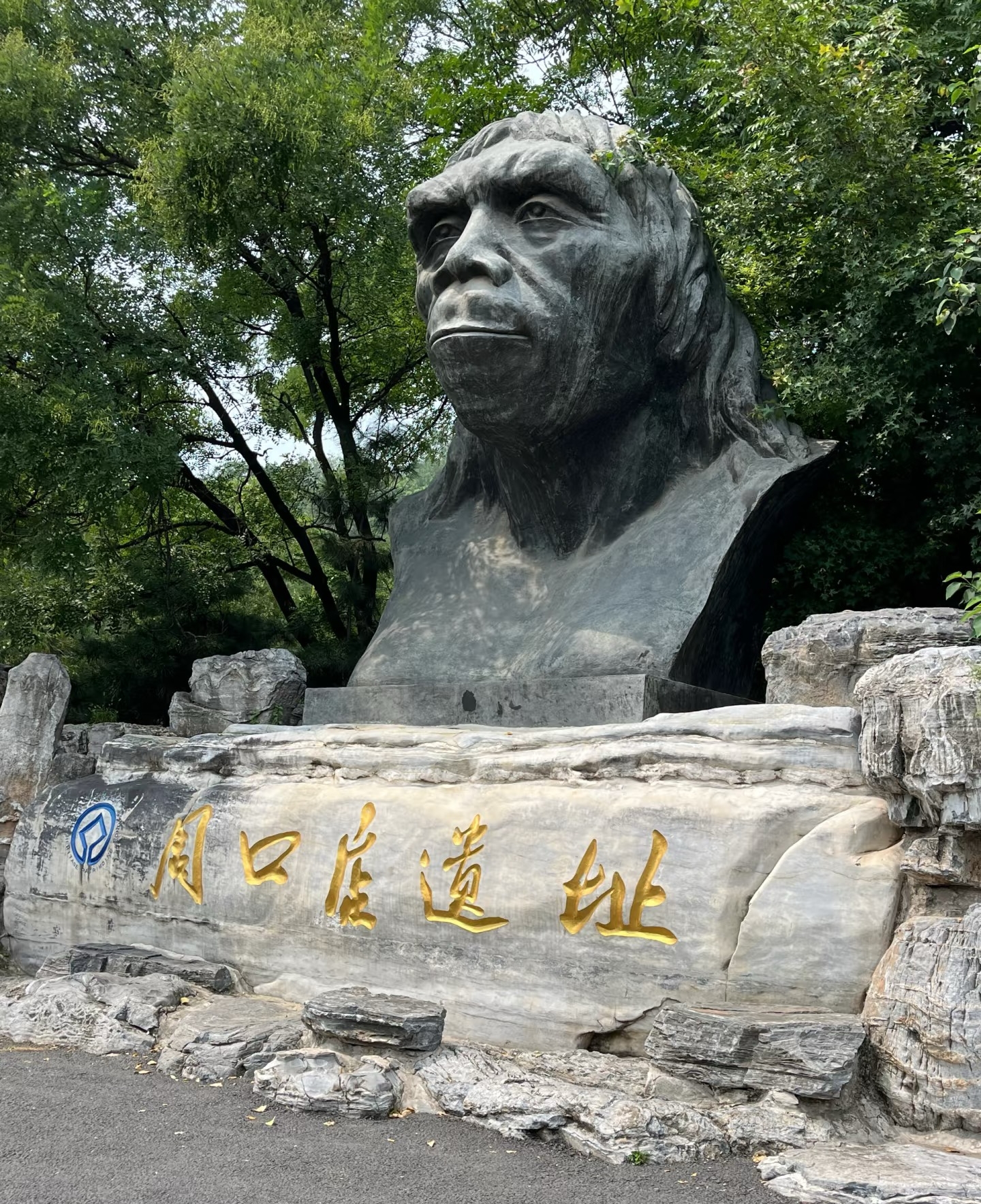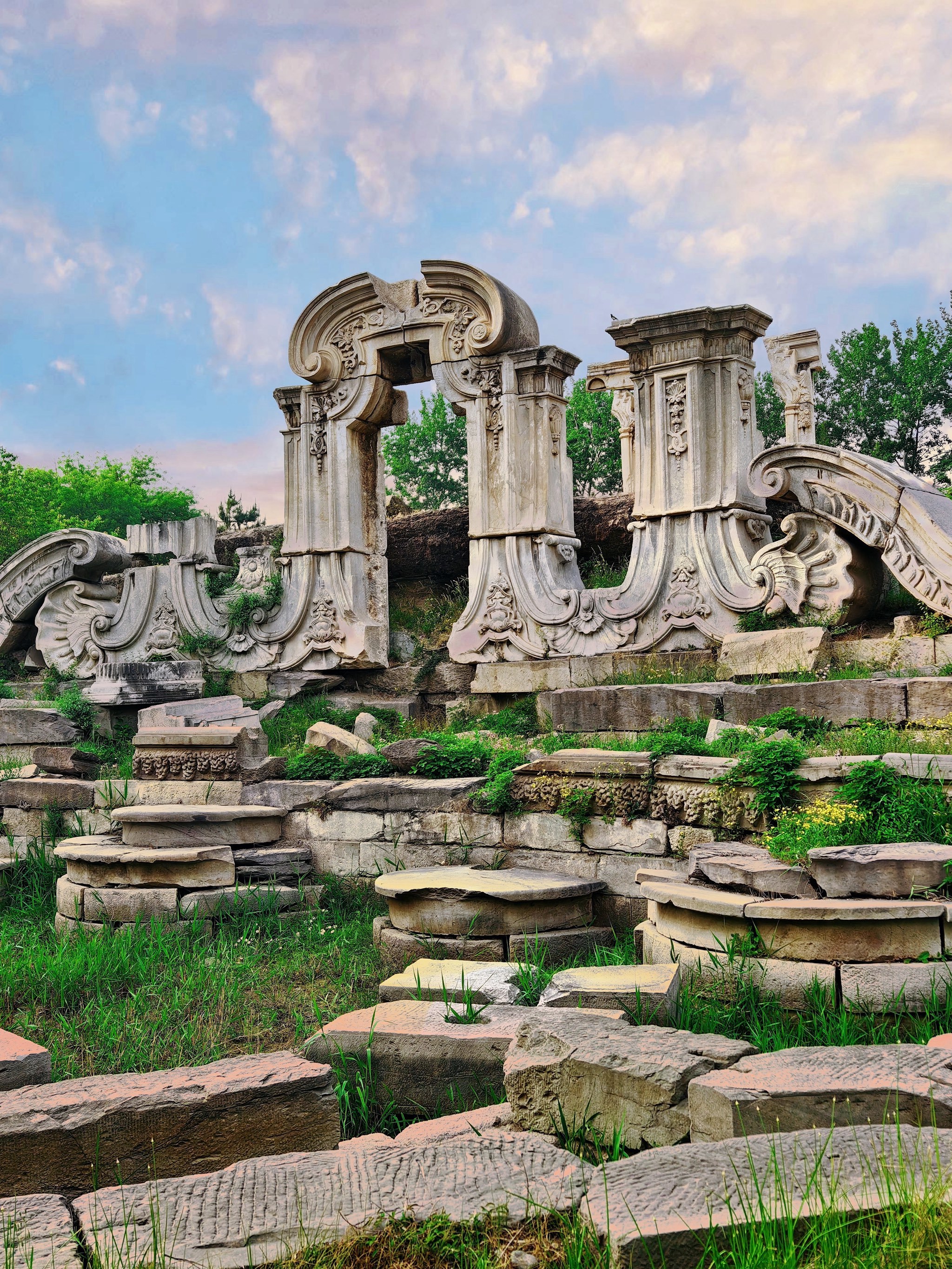

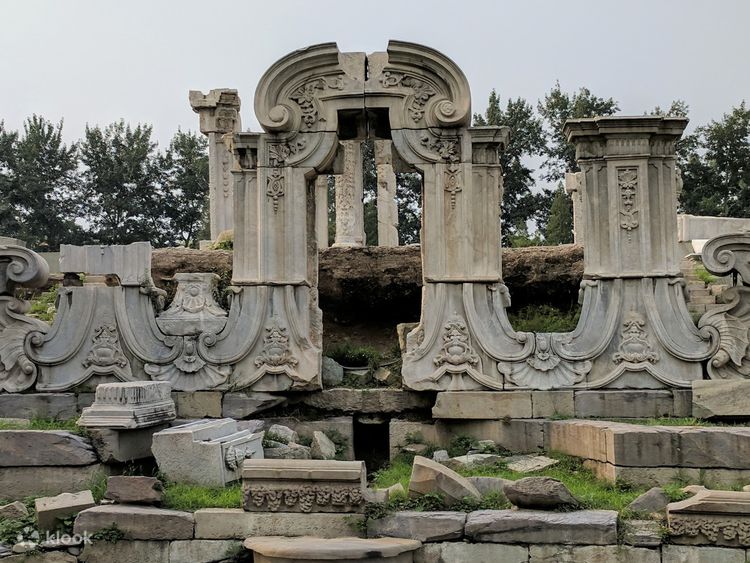
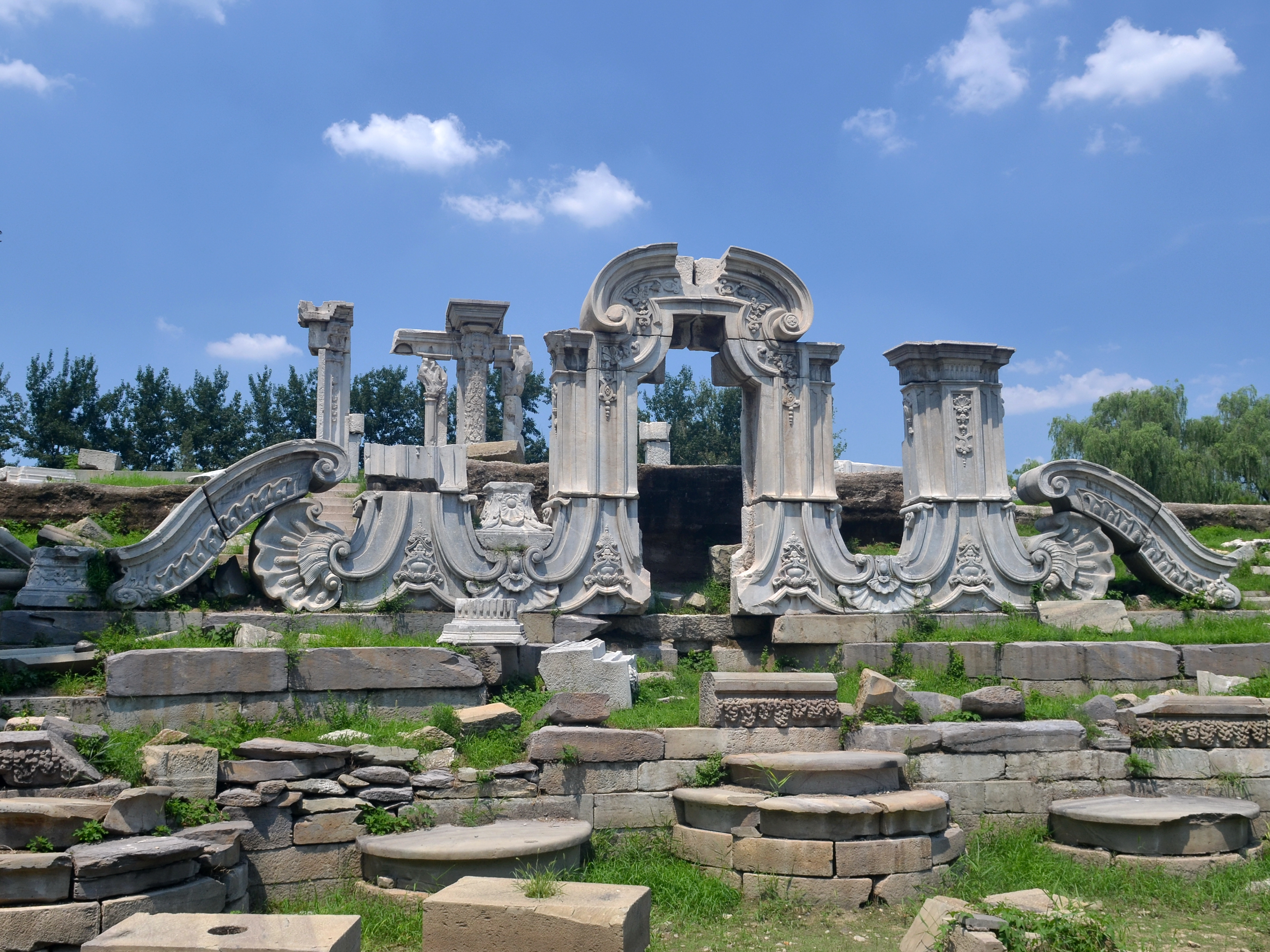
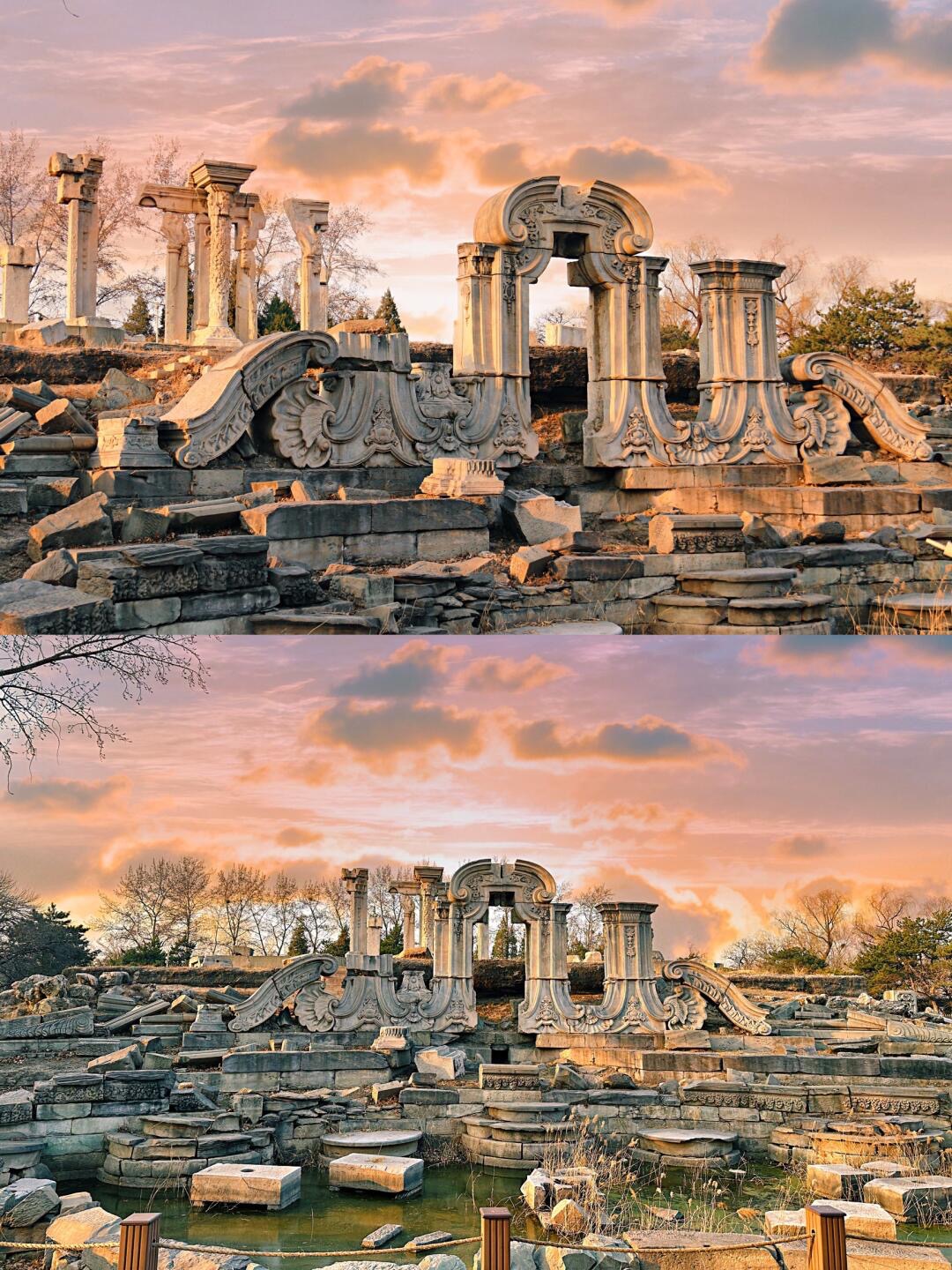
Old Summer Palace (Yuanmingyuan)
Known as the "Garden of Perfect Brightness", the Old Summer Palace was once the most magnificent imperial garden in Chinese history, covering an area of 3.5 square kilometers. Constructed during the Qing Dynasty, it was a complex of palaces and gardens that showcased the pinnacle of Chinese landscape design and architectural artistry. Tragically, the palace was largely destroyed by Anglo-French troops during the Second Opium War in 1860, leaving behind haunting ruins that now serve as a powerful historical memorial. Today, the site is both a historical park and a poignant reminder of China's historical wounds. Visitors can explore the remaining ruins, reconstructed gardens, and learn about the rich cultural heritage and complex history of 19th-century China.
Information
Ticket price
Time
Location
28 Qinghua W Rd, Haidian District, Beijing, China
View maps
More about the trip
🏛️ Garden of Perfect Brightness
Haunting Beauty and Historical Reflection: Once called the "Versailles of the East," these evocative ruins tell the story of China's most magnificent imperial garden and its tragic destruction in 1860.
🗺️ Key Areas to Explore
- Western Palaces Ruins: European-style baroque architecture remnants
- Maze Garden: Reconstructed hedge labyrinth based on historical records
- Fuhai Lake: Boat rides across the central lake with island pavilions
- Eternal Spring Garden: Traditional Chinese garden with reconstructed buildings
- Ruins Museum: Archaeological finds and historical context
📚 Historical Journey
- Golden Age (1709-1860): Five generations of emperors expanded this paradise
- Cultural Fusion: Chinese gardens, European palaces, and global treasures
- Tragic Destruction: Anglo-French forces burned it during the Second Opium War
- Memorial Significance: National patriotic education base and historical remembrance
⏰ Thoughtful Visiting
- Duration: 3-4 hours for comprehensive exploration
- Best Seasons: Spring for flowers, summer for lotus blooms, autumn for contemplation
- Recommended Route: Start at ruins, proceed to reconstructed gardens, end at museum
🌸 Seasonal Highlights
- Spring: Peach blossoms and traditional flower festivals
- Summer: Lotus Festival with boat rides and cultural performances
- Autumn: Golden leaves create poignant beauty among ruins
- Winter: Snow-covered ruins offer stark, moving scenes
💡 Contemplative Experience
- Allow time for quiet reflection at the ruins - this isn't just sightseeing
- Read historical plaques to understand the cultural significance
- Visit the nearby Summer Palace to see what survived
- Photography should be respectful given the historical tragedy
🎨 Cultural Programs
Regular exhibitions, historical lectures, cultural performances, and educational programs help visitors understand both the garden's former glory and its place in Chinese historical memory.

